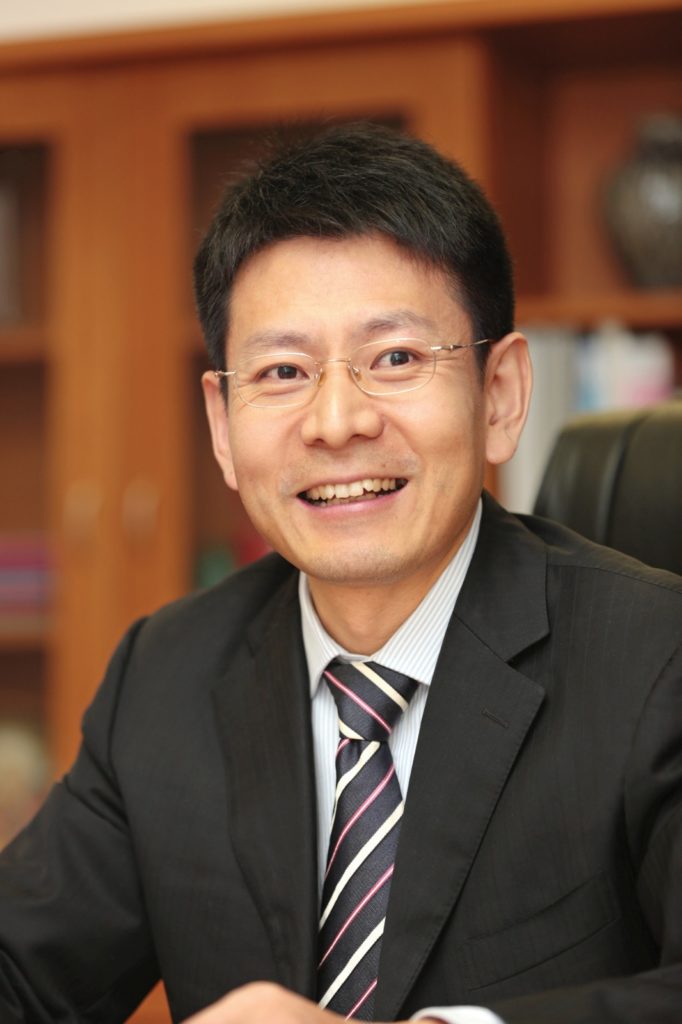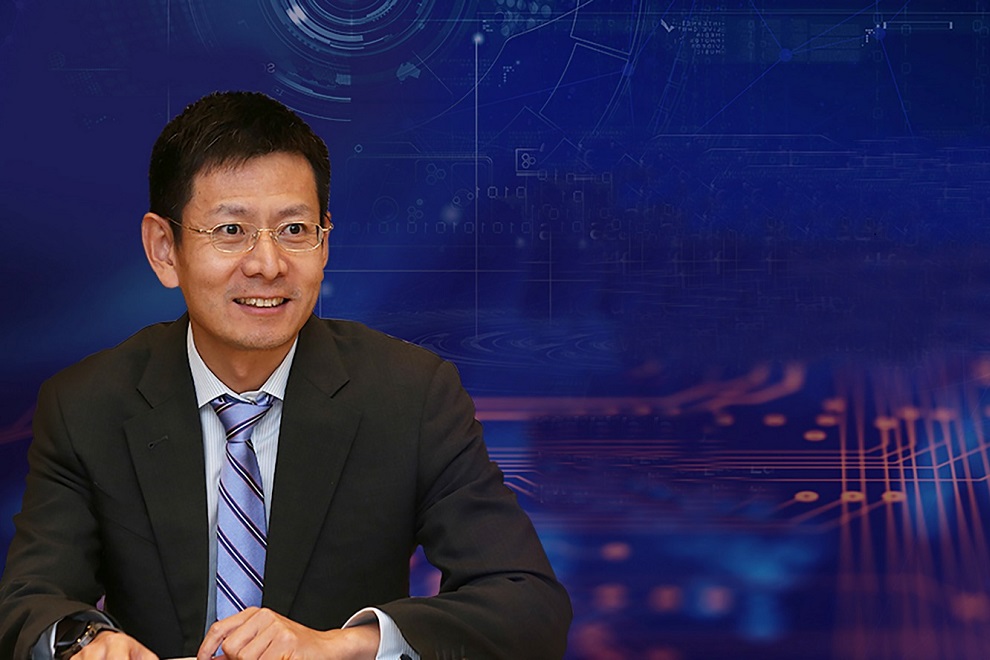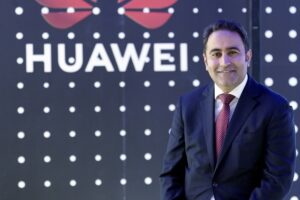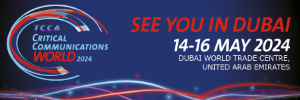Shunli Wang, President of Public Affairs & Corporate Communications, Huawei Middle East & Central Asia, talks to Teletimes at MWC Barcelona
What is your top message to your regulatory partners?
We, as a responsible supplier in every country we operate, prioritize being a socially responsible citizen. Our first policy principle is to share the best practices we’ve learned from around the world to define and benefit our customers and final consumers. Our second policy principle is that our business model is driven by two factors: technology innovation and customer needs. All of the technical solutions we provide are geared towards these two factors. We are always looking for ways to improve and contribute to the ecosystem. One example of how policy is important not just for the ICT sector, but for many sectors is frequency allocation. For instance, in relation to the 1.2 Ghz bandwidth in 6 Ghz frequency – it’s becoming popular for Wi-Fi around the world, however, the GSMA and ITU among others also recommended it for IMT identification. The different approaches towards technology and certain items require continuous open dialogue and a need to quickly align on standardization.
The different approaches towards technology require continuous open dialogue and a need to quickly align on standardization.
What are some of the key concerns from a regulatory perspective in your opinion?
We need to think about who and what can bring more value to society and contribute more to local countries’ digital economic growth. Spectrum allocation is a key issue: if we don’t allocate the right frequency now, it can cost us more money and time later. The C band, for instance, was designed over 10 years ago and can be shared by the whole industry, including equipment and device providers. Policy alignment and agreement from different industries are crucial in ensuring we allocate frequencies carefully and correctly. Understanding the different opinions and concerns is important and more important is bringing everyone together to a single platform. For example, from Huawei, GSMA, and ITU’s perspective, we recommend 6 Ghz for IMT use, especially for the near future of 5.5G.

Why is standardization more important right now than ever before?
Alignment on key aspects is crucial at this point, especially when we talk about 5.5G. Ultra-broadband 5.5G will be a key milestone on our path to what we call “intelligent world”. To hit this milestone, all industry players, including standards organizations, regulators, operators, and equipment vendors, will need to work together.
It is all worth the effort though. With 5.5G, broadband speeds can reach 10 Gbit/s, marking a huge improvement compared to the current 1 Gbit/s experience. Currently, homes have an average of 5 to 20 devices connected to their Wi-Fi networks. However, this is set to change as smart home devices see broad adoption, which will drive this number up to 150 to 200. It will therefore be essential that fiber-equivalents can reach every room of every home. Even a single light bulb, a window pane, or a single switch will be a new connection and we need to prepare now so that we have the infrastructure ready for these connections.
Policy alignment and agreement from different industries are crucial in ensuring we allocate frequencies carefully and correctly.
The industry must collectively move forward to reach ultra-broadband 5.5G starting with defining next-gen standards and reaching consensus across the industry; jointly promoting the rapid adoption of standards across entire product lifecycles, from technological breakthroughs to product development, deployment, and operations.
What does Huawei bring to the table that goes beyond connectivity?
I’d like to discuss three sectors with you. Firstly, as a leading provider of ICT solutions, we offer the latest technical knowledge and solutions to help our customers succeed in every local market. ICT is already the engine that drives industry development in every country, and our technical knowledge and solutions are essential for digital economic growth. We see ourselves as an innovation driver, particularly in the ICT sector.
Secondly, we provide expertise and best practices for digital transformation in every sector, including government. For example, we help governments become more accessible by making information available to every citizen in a user-friendly way. This saves citizens time and effort when dealing with government processes.
As a solutions provider, we also take on social responsibility and contribute to the entire ICT ecosystem, especially in talent development.
Thirdly, as a solutions provider, we also take on social responsibility and contribute to the entire ICT ecosystem, especially in talent development. In the Middle Eastern region alone, we have set up over 186 ICT academies and have trained more than 150,000 students. Every year, we have the capacity to train more than 150,000 students, with over 2.2 million students already participating in our Seeds for the Future program. Additionally, our Huawei ICT Academy globally can train over 220,000 students and provide them with valuable Huawei certification, which is a recognized professional certification in the ICT sector and can help their career development. In summary, our focus is on technology innovation, digital transformation, and building a strong ICT talent ecosystem.
















